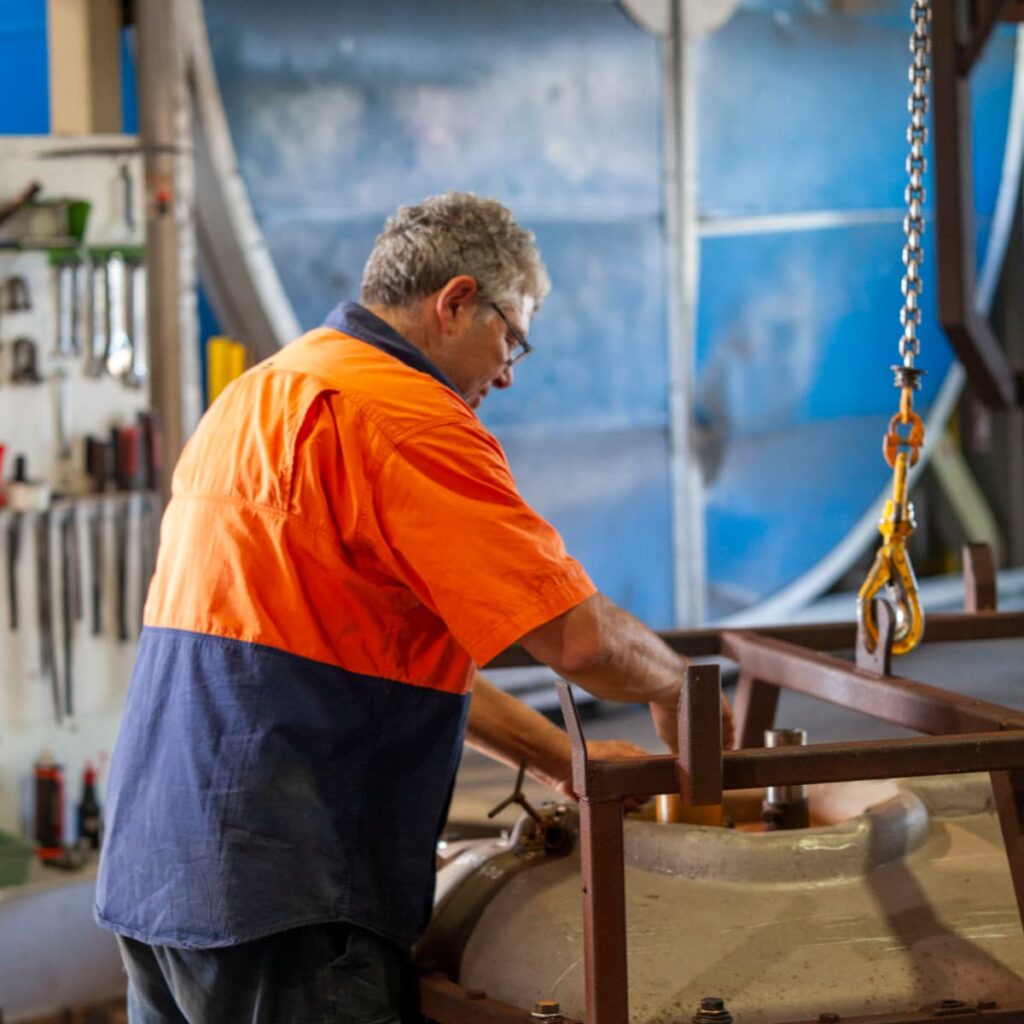Where does all the Wastewater Go?
Home / Where does all the Wastewater Go?
- globaltanks
- February 29, 2020
- 2 minutes
Wastewater is any used water that comes from our dishwashers, toilets, showers, baths, washing machines and industrial processes. These are items that most of us use several times a day, every single day.
Did you Know?
The average household produces 200-300 litres of wastewater per day, per person.
Have you ever wondered about where the wastewater goes? It’s actually pretty interesting.
Only 1% of the wastewater we produce is human waste, and the other 99% is water. However, the water has usually gone through some process in our household, that means it will need to be treated before it can be reused. Examples of this process are heating water up, cooling it down, adding fat, oil, pesticides, human waste, synthetic chemicals or any number of other household products. So after we pull the plug from our sink or flush the toilet, the water goes through a sewer system to a sewerage treatment plant where it’s substantially cleaned.
This is a 4 step process:
- Primary Treatment
The wastewater flows into tanks where solids sink to the bottom and are removed in the form of sludge. Any grease or residue is scraped from the top. - Secondary Treatment
This step cleverly uses micro-organisms to break down any dissolved waste and small particles - Nutrient Removal
Nitrogen and Phosphorus are removed as they can cause algae to grow, which would threaten our aquatic life by using up oxygen. - Disinfection
This final step removes any disease-causing micro-organisms. This may be done by adding chemicals to the water or through UV irradiation.
What Happens to the Treated Water?
Ironically, even though it’s called wastewater, the finished product that comes out of the treatment plant (reclaimed or recycled water) is a remarkably valuable resource. We aren’t exactly saying that you can pour yourself a tall glass of ice-cold reclaimed water and guzzle it down. Though, fun fact, some mayors of towns in America drink a glass of reclaimed water from their sewage treatment plant to prove how pure the town’s water is.
Reclaimed has many valuable and safe uses in Australia, some of which we have listed below:
- Fighting bushfires
- Horticulture, agriculture and farming
- Boosting water levels in rivers, lakes and various other bodies of water- this is particularly useful in Australia given how much drought we experience
- Groundwater recharge (where water moves from the surface to deeper
beneath the ground) - Washing and cooling in factories and power stations
With UBIAQUA, you can treat your wastewater right on your property using our Wastewater Treatment System and slash your water bills while producing oxygen-rich water that can be reused on gardens and lawns. Our treatment system can treat up to 1500 litres per day and comes completely assembled and ready to install. If you’re interested in learning more about our products or services, get in touch with us today!

